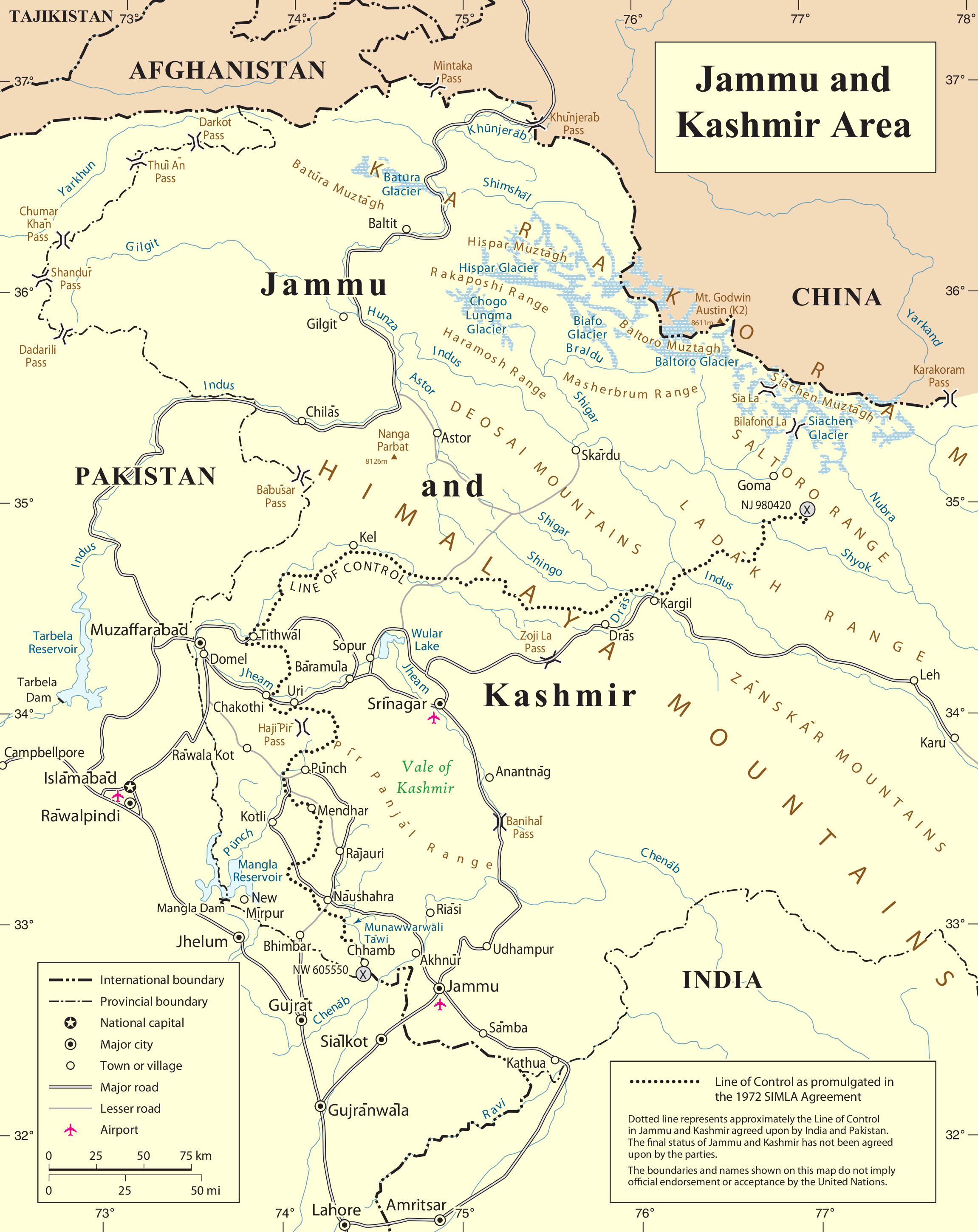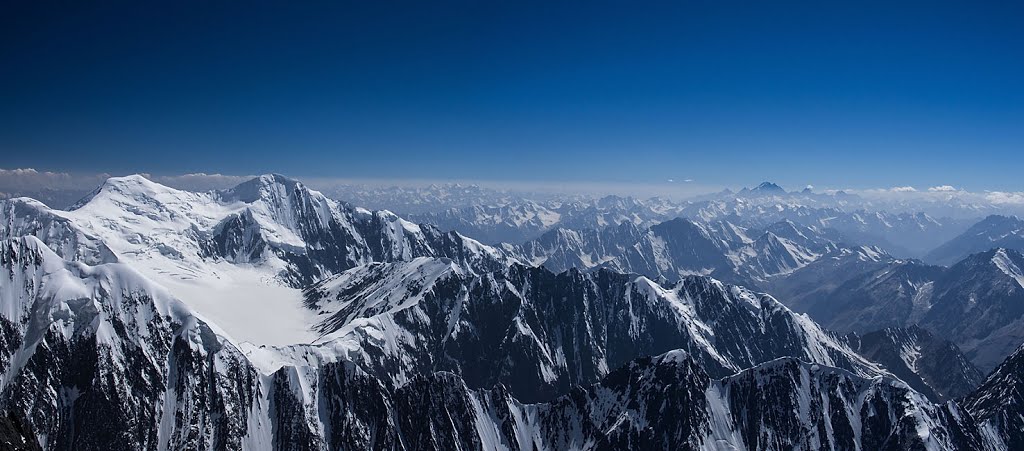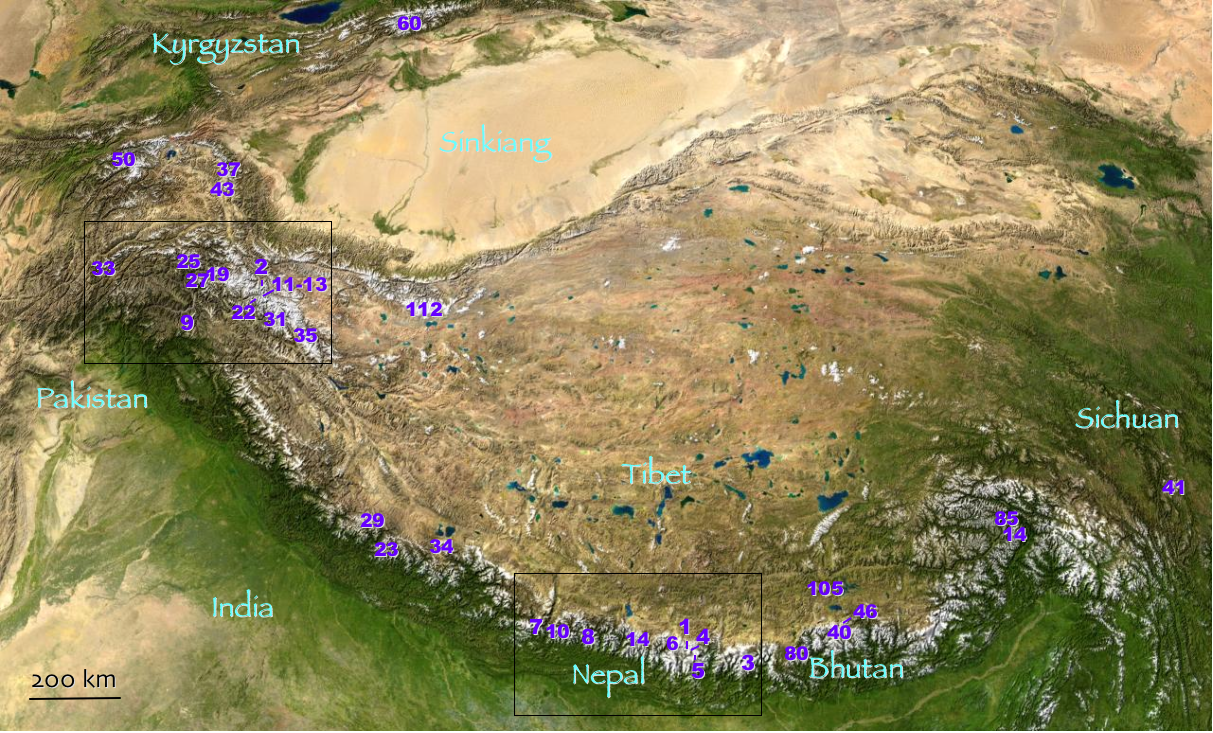|
Tagdumbash Pamir
Taghdumbash Pamir ( or historically ) or Taxkorgan Nature Reserve is a '' pamir'' or high valley in the south west of Tashkurgan Tajik Autonomous County, in Xinjiang, China. It lies to the west of the Karakoram Highway. It is inhabited by Wakhi, Kirghiz and Sarikolis animal herders, who graze yaks and other animals on the grasslands of the Pamir. The name Taghdumbash Pamir is also sometimes applied to the mountain ranges surrounding the Pamir, on the borders of Pakistan, Afghanistan, and Tajikistan with China, straddling the Pamir Mountains along the Sarikol Range, the Hindu Kush, the Mustagh mountains, and the Wakhan. The range divides Badakhshan Province in Afghanistan, Gorno-Badakhshan Autonomous Province in Tajikistan, and Gilgit-Baltistan region in Pakistan. During the Qing dynasty, the Chinese claimed suzerainty over the area but permitted the Mir of Hunza to administer the region in return for a tribute. According to British colonial sources, this arrangement start ... [...More Info...] [...Related Items...] OR: [Wikipedia] [Google] [Baidu] |
Taxkorgan Tajik Autonomous County
Tashkurgan Tajik Autonomous County (often shortened to Tashkurgan County and officially spelled Taxkorgan) is an autonomous county of Kashgar Prefecture, in western Xinjiang, China. The county seat is Tashkurgan. The county is the only Tajik (Pamiri) autonomous county in China. History During the Han dynasty, the town of Tashkurgan was known as Puli (); during the Tang dynasty, it was a protectorate of the Sassanids, during the Yuan dynasty it was part of the Chaghatai empire. It was part of China during the Qing dynasty. Many centuries later, Tashkurgan became the capital of the Sarikol kingdom (), a kingdom of the Pamir Mountains, and later of Qiepantuo () under the Persian Empire. At the northeast corner of the town is a huge fortress known as the Princess Castle dating from the Yuan dynasty (1279–1368 CE) and the subject of many colourful local legends. A ruined fire temple is near the fortress. The region came under Chinese rule from Qing dynasty, to the Repub ... [...More Info...] [...Related Items...] OR: [Wikipedia] [Google] [Baidu] |
Tajikistan
Tajikistan, officially the Republic of Tajikistan, is a landlocked country in Central Asia. Dushanbe is the capital city, capital and most populous city. Tajikistan borders Afghanistan to the Afghanistan–Tajikistan border, south, Uzbekistan to the Tajikistan–Uzbekistan border, west, Kyrgyzstan to the Kyrgyzstan–Tajikistan border, north, and China to the China–Tajikistan border, east. It is separated from Pakistan by Afghanistan's Wakhan Corridor. It has a population of over 10.7 million people. The territory was previously home to cultures of the Neolithic and the Bronze Age, including the Bactria–Margiana Archaeological Complex, Oxus civilization in west, with the Indo-Iranians arriving during the Andronovo culture. Parts of country were part of the Sogdia, Sogdian and Bactria, Bactrian civilizations, and was ruled by those including the Achaemenid Empire, Achaemenids, Alexander the Great, the Greco-Bactrian Kingdom, Greco-Bactrians, the Kushan Empire, Kushans, the Kid ... [...More Info...] [...Related Items...] OR: [Wikipedia] [Google] [Baidu] |
List Of Tributaries Of Imperial China
This is a list of states that paid tribute to the Imperial dynasties of China under the tributary system of China, tributary system. It encompassed states in Central Asia, East Asia, North Asia, South Asia, Southeast Asia, and Europe. List of tributaries In the 5th century, a status hierarchy was an explicit element of the tributary system in which Korea and Vietnam were ranked higher than others, including Japan, the Ryukyu Islands, Ryukyus, Siam and others.Kang, David C. (2010). All diplomatic and trade missions were construed in the context of a Tributary state, tributary relationship with China, including: *History of Bhutan, Bhutan *History of Brunei, Brunei (文萊) ** Borneo ** Poni (渤泥)Kerr, George. (2000). *History of Myanmar, Burma (Myanmar)(Original from the University of California)(Colonial period Korea; WWC-5)(Original from the University of California) *History of Cambodia, CambodiaShambaugh, David L. ''et al.'' (2008). citing the 1818 ''Collected Statutes o ... [...More Info...] [...Related Items...] OR: [Wikipedia] [Google] [Baidu] |
Hunza (princely State)
Hunza (, ), also known as Kanjut (; ), was a Burushaski, Burusho princely state in the present-day Gilgit-Baltistan, Gilgit Baltistan region of Pakistan. Although under the suzerainty of the Kashmir (princely state), Jammu and Kashmir (princely state), it was not a part of it and had status of a separate state. Initially, it functioned as a principality and subsequently became a princely state under a subsidiary alliance with the British India starting in 1892 and continuing until August 1947. For a brief period of three months, it remained unaligned after gaining independence, and then from November 1947 until 1974, it retained its status as a princely state within Pakistan. The territory of Hunza now constitutes the northernmost part of Gilgit-Baltistan, Pakistan. The princely state bordered the Gilgit Agency to the south, the former Nagar (princely state), princely state of Nagar to the east, Xinjiang, China, to the northeast and Afghanistan to the northwest. The state's c ... [...More Info...] [...Related Items...] OR: [Wikipedia] [Google] [Baidu] |
Mir Of Hunza
Mir of Hunza was the title of rulers of Hunza in the Hunza Valley in the Northern Areas, Pakistan. Etymology The Mir used to have the Burushaski title of Thum (also ''Tham'' or ''Thom''), later changed to Mir, Persianform of the Arabic title ''Emir''. Timeline ** Mir Salim Khan I ** Mir Shah Sultan Khan ** Mir Shahbaz Khan (1710 – Unknown) ** Mir Shahbeg Khan ** Mir Shah Khisrow Khan (1750 – 1790) ** Mir Mirza Khan (1790) ** Mir Salim Khan II (1790 – 1825) ** Mir Ghazanfar Ali Khan I (1825 – 1864) ** Mir Muhammad Ghazan Khan I (1864 – 1886) ** Mir Safdar Ali Khan (1886 – 1891) *** Mir Safdar fled to China after conquest of Hunza and Nagar States by British Forces in December 1891.Prince Muhammad Nafis Khan was the main contender of Mir-ship of Hunza on the grounds that he was the elder son of Mir Muhammad Ghazan Khan-I and has the legitimate right to be appointed as Mir of Hunza but His younger brother Nazim Khan was placed in his position by British Raj in ... [...More Info...] [...Related Items...] OR: [Wikipedia] [Google] [Baidu] |
Suzerainty
A suzerain (, from Old French "above" + "supreme, chief") is a person, state (polity)">state or polity who has supremacy and dominant influence over the foreign policy">polity.html" ;"title="state (polity)">state or polity">state (polity)">state or polity who has supremacy and dominant influence over the foreign policy and economic relations of another subordinate party or polity, but allows internal autonomy to that subordinate. Where the subordinate polity is called a vassal, vassal state or tributary state, the dominant party is called the suzerain. The rights and obligations of a vassal are called ''vassalage'', and the rights and obligations of a suzerain are called suzerainty. Suzerainty differs from sovereignty in that the dominant power does not exercise centralized governance over the vassals, allowing tributary states to be technically self-ruling but enjoy only limited independence. Although the situation has existed in a number of historical empires, it is con ... [...More Info...] [...Related Items...] OR: [Wikipedia] [Google] [Baidu] |
Qing Dynasty
The Qing dynasty ( ), officially the Great Qing, was a Manchu-led Dynasties of China, imperial dynasty of China and an early modern empire in East Asia. The last imperial dynasty in Chinese history, the Qing dynasty was preceded by the Ming dynasty and succeeded by the Republic of China (1912–1949), Republic of China. At its height of power, the empire stretched from the Sea of Japan in the east to the Pamir Mountains in the west, and from the Mongolian Plateau in the north to the South China Sea in the south. Originally emerging from the Later Jin (1616–1636), Later Jin dynasty founded in 1616 and proclaimed in Shenyang in 1636, the dynasty seized control of the Ming capital Beijing and North China in 1644, traditionally considered the start of the dynasty's rule. The dynasty lasted until the Xinhai Revolution of October 1911 led to the abdication of the last emperor in February 1912. The multi-ethnic Qing dynasty Legacy of the Qing dynasty, assembled the territoria ... [...More Info...] [...Related Items...] OR: [Wikipedia] [Google] [Baidu] |
Gilgit-Baltistan
Gilgit-Baltistan (; ), formerly known as the Northern Areas, is a region administered by Pakistan as an administrative units of Pakistan, administrative territory and consists of the northern portion of the larger Kashmir region, which has been the subject of a Kashmir#Kashmir dispute, dispute between India and Pakistan since 1947 and between India and China since 1959.The application of the term "administered" to the various regions of Kashmir and a mention of the Kashmir dispute is supported by the WP:TERTIARY, tertiary sources (a) through (e), reflecting WP:DUE, due weight in the coverage. Although "controlled" and "held" are also applied neutrally to the names of the disputants or to the regions administered by them, as evidenced in sources (h) through (i) below, "held" is also considered politicised usage, as is the term "occupied," (see (j) below). (a) (subscription required) Quote: "Kashmir, region of the northwestern Indian subcontinent ... has been the subject of di ... [...More Info...] [...Related Items...] OR: [Wikipedia] [Google] [Baidu] |
Gorno-Badakhshan Autonomous Province
Gorno-Badakhshan, officially the Badakhshan Mountainous Autonomous Region, is an autonomous region in eastern Tajikistan, in the Pamir Mountains. It makes up nearly forty-five percent of the country's land area but only two percent of its population.''Population of the Republic of Tajikistan as of 1 January 2008'', State Statistical Committee, Dushanbe, 2008 Name The official English name of the autonomous region is the Badakhshan Mountainous Autonomous Region. The name ''Badakhshan'' (from ; ) is derived from the Sasanian title or . "Gorno-Badakhshan" literally means "mountainous Badakhshan" and is derived from the Russian name of the autonomous region, (literally Gorno-Badakshan autonomous ''oblast''). The Russian abbreviation "GBAO" is also commonly used in English-language publications by national and international bodies such as the government of Tajikistan and the United Nations. History Borders and political authority in the Western Pamir had always been contest ... [...More Info...] [...Related Items...] OR: [Wikipedia] [Google] [Baidu] |
Badakhshan Province
Badakhshan Province (Dari: بدخشان) is one of the 34 provinces of Afghanistan, located in the northeastern part of the country. It is bordered by Tajikistan's Gorno-Badakhshan in the north and the Pakistani regions of Lower and Upper Chitral and Gilgit-Baltistan in the southeast. The province also has Afghanistan's only border with China spanning 91 kilometers (57 miles) in the eastern side of the province via its Wakhan District. It is part of a broader historical Badakhshan region, parts of which now also lie in Tajikistan and China. The province contains 22 districts, over 1,200 villages and approximately 1,055,000 people. Fayzabad serves as the provincial capital. Resistance activity has been reported in the province since the 2021 Taliban takeover of Afghanistan. Etymology During the Sassanids' reign it was called "bidix", and in Parthian times "bthšy". In Sassanid manuscripts found in Ka'ba-ye Zartosht it was called "Bałasakan". In Chinese sources fro ... [...More Info...] [...Related Items...] OR: [Wikipedia] [Google] [Baidu] |
Wakhan
Wakhan, or "the Wakhan" (also spelt Vakhan; Persian and , ''Vâxân'' and ''Wāxān'' respectively; , ''Vaxon''), is a rugged, mountainous part of the Pamir, Hindu Kush and Karakoram regions of Afghanistan. Wakhan District is a district in Badakshan Province. Geography The Wakhan is located in the extreme north-east of Afghanistan. It contains the headwaters of the Amu Darya (Oxus) River, and was an ancient corridor for travellers from the Tarim Basin to Badakshan. The geographic position of Wakhan between China, India, and Bactria allowed it to play a major role in trade in the ancient world. Until 1883, the Wakhan included the whole valley of the Panj River and the Pamir River, as well as the upper flow of the Panj River known as the Wakhan River. An 1873 agreement between UK and Russia split the Wakhan by delimiting spheres of influence for the two countries at the Panj and Pamir rivers. [...More Info...] [...Related Items...] OR: [Wikipedia] [Google] [Baidu] |
Muztagh Ata
Muztagh Ata (meaning 'Ice Mountain Father' in English), formerly known as Mount Tagharma and Wi-tagh, is the second highest of the mountains which form the northern edge of the Tibetan Plateau, with an elevation of . It is sometimes regarded as being part of the Kunlun Mountains, although physically it is more closely connected to the Pamirs. It is one of the relatively easier 7,000 m peaks in the world to climb, due to its gentle western slope and the comparatively drier weather of Xinjiang, though a thorough acclimatization period and a very strong physical condition are crucial for success. Location Muztagh Ata lies just south of Kongur Tagh, the highest peak of this somewhat isolated range that is separated from the main chain of the Kunlun by the large Yarkand River valley, and thus generally included in the "Eastern Pamirs". Not far to the north and east of this group are the lowlands of the Tarim Basin and the Taklamakan Desert. The Karakoram Highway passes v ... [...More Info...] [...Related Items...] OR: [Wikipedia] [Google] [Baidu] |






